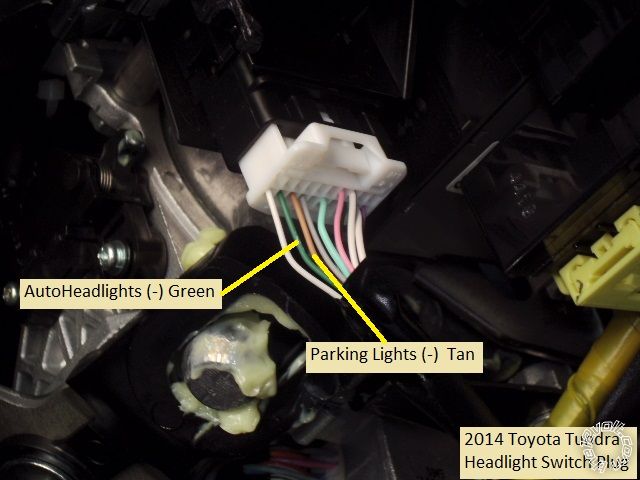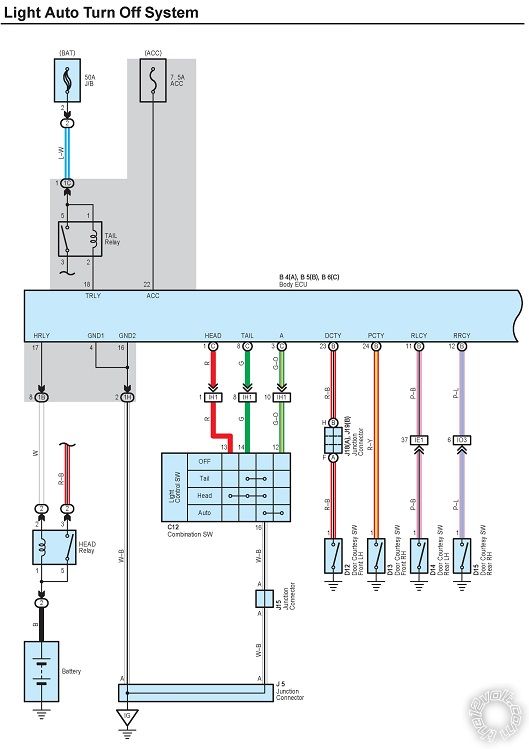If you wish to post a reply to this topic, you must first login.
If you are not already registered, you must first register.
 Printable version
Printable version


| You cannot post new topics in this forum You cannot reply to topics in this forum You cannot delete your posts in this forum You cannot edit your posts in this forum You cannot create polls in this forum You cannot vote in polls in this forum |

| Search the12volt.com |
Follow the12volt.com 
Saturday, December 13, 2025 • Copyright © 1999-2025 the12volt.com, All Rights Reserved • Privacy Policy & Use of Cookies


Saturday, December 13, 2025 • Copyright © 1999-2025 the12volt.com, All Rights Reserved • Privacy Policy & Use of Cookies
Disclaimer:
*All information on this site ( the12volt.com ) is provided "as is" without any warranty of any kind, either expressed or implied, including but not limited to fitness for a particular use. Any user assumes the entire risk as to the accuracy and use of this information. Please
verify all wire colors and diagrams before applying any information.












 The wires are marked. Your connector might be different and your (-) Parking Light wire is Green instead of Tan.
Anyway, here is the test. Using a Digital Multi Meter set to 20 Volts DC, connect the Red test lead to +12V
constant and the Black Test lead to the suspect wire ( probably next to the Green (-) Parking Light wire ). With
the switch in the OFF position, you will see 0V. When you set the switch to AUTO, the DMM should go to +12V. After
this test finds the wire, the next test would be to cut the wire and see if the AutoHeadlight function still works.
Finally, after all the testing, wire up your relay to the cut ends
of the AutoHeadlight wire as shown above.
The wires are marked. Your connector might be different and your (-) Parking Light wire is Green instead of Tan.
Anyway, here is the test. Using a Digital Multi Meter set to 20 Volts DC, connect the Red test lead to +12V
constant and the Black Test lead to the suspect wire ( probably next to the Green (-) Parking Light wire ). With
the switch in the OFF position, you will see 0V. When you set the switch to AUTO, the DMM should go to +12V. After
this test finds the wire, the next test would be to cut the wire and see if the AutoHeadlight function still works.
Finally, after all the testing, wire up your relay to the cut ends
of the AutoHeadlight wire as shown above.

